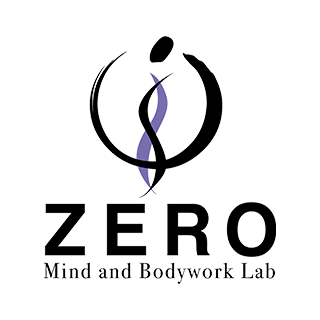Restore ‘Natural’ Alignment
At the heart of every Rolfing session is the belief that
you can discover your own posture that feels natural and effortless—what we call a “comfortable posture.”
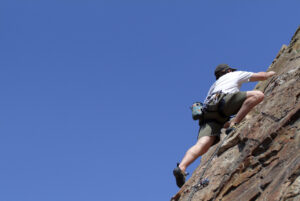
We focus on three fundamental aspects of posture:
how you sit, how you stand, and how you walk.
On May 4, 2018, I had the opportunity to share this perspective on national television
(“Unnan, Degawa, and Bakarhythm’s Super Holiday Reform Special”).
During the program, when Mr. Nanbara asked me,
“What exactly are you doing?”
I responded:
“I’m touching the fascia.”
“The body already knows where it naturally belongs.”
“I’m simply guiding it back to that place.”
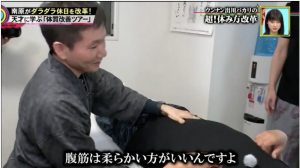
This is one of the core ideas in Rolfing:
The body already knows the answer—where it wants to be.
Using the way a person sits, stands, and walks as entry points,
we work together to uncover each individual’s unique sense of “comfortable posture.”
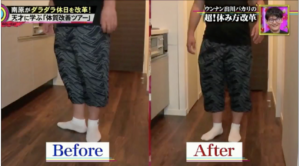
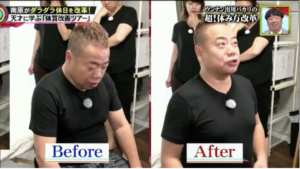
In fact, much of what we’ve learned about posture throughout our lives points in the opposite direction.

As we grow up, we’re constantly being told—by parents, teachers, and employers—
what “good” posture looks like and what’s considered “bad.”

Over time, this leads us to intellectualize posture,
thinking in terms of “correct” and “incorrect” alignment,
while gradually disconnecting from our bodily experience.

No matter how much knowledge we acquire,
the truth is that we only understand a small portion of how the human body really works.
In some cases, the more we learn—especially from anatomy or textbooks—
the more we become distanced from our own felt sense.

Unfortunately we do not learn about ‘natural’ posture at elementary school.
That’s why comfortable posture is so important.
Unlike the idea of a “correct” or “incorrect” posture—which implies a single right answer—
what feels comfortable is different for every person.
This is because each of us has a unique body—different shapes, different skeletal structures.
Unfortunately, “comfortable posture” isn’t something we’re taught in school.
That’s why so many people struggle to find it on their own.

In a Rolfing session, I use gentle touch to engage with the fascia,
and in doing so, the body naturally begins to move toward its original, intended alignment.
As a result, over time, the body reorganizes itself into what feels like a
“comfortable posture.”

If you’re curious about what your own comfortable posture feels like—
if you’d like to experience it directly—
I invite you to come for a trial session at ZERO in Shibuya.
